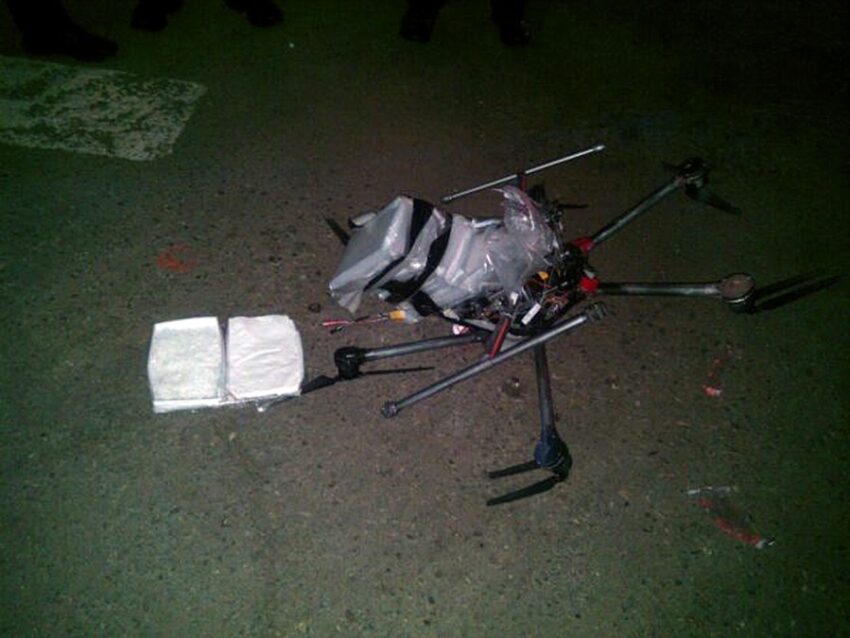EL PASO, Texas (Border Report) – An average of 328 Mexican drones are coming within 500 meters of the U.S. border every day, raising concerns about the safety of border agents and whether dangerous drugs are coming into the country undetected.
“Nearly every day transnational criminal organizations use drones to convey illicit narcotics and contraband across U.S. borders and to conduct hostile surveillance of law enforcement,” said Steven Willoughby, deputy director of the Department of Homeland Security’s counter-drone program.
Testifying this week before the Senate’s Judiciary Committee, Willoughby said federal authorities since the start of July to the end of December 2024 detected 60,000 such drone flights just south of the border and 27,000 unique remote-controlled craft doing the flying.
Most of those drones are going up at night or flying at altitudes that are restricted in both Mexico and the United States. That’s 400 feet high in the U.S. and 120 meters in Mexico. That’s enough to give Mexican drone operators a clear view of U.S. Border Patrol agents’ location and movement, send migrants north in a different direction or find places to drop drugs for later pickup.
Willoughby reminded senators how drug cartels have attacked each other – and in some cases Mexican authorities – south of the border with explosives dropped from drones.
Last January, members of transnational criminal organizations attacked a column of Mexican soldiers and police officers in the northern border state of Chihuahua, wounding two public servants.
In August, Mexico confirmed two soldiers were killed by explosives dropped from a drone in Michoacan state.

“Warring cartel factions have attacked one another using drone delivered explosives and it’s only a matter of time before Americans or law enforcement are targeted in the border region,” Willoughby said.
Judiciary Committee Chair U.S. Sen. Chuck Grassley, R-Iowa, and ranking member U.S. Sen. Richard Durbin, D-Illinois, shared concerns about “bad actors” not only spying on law enforcement and smuggling drugs through the air but possibly targeting crowds at sporting events or at high-profile events like next year’s World Cup soccer tournament or the Olympic games in Los Angeles in 2028.
The two committee leaders hope Congress soon can work on legislation to give federal officials more judicial authority and money to counter drone threats. Durbin said the Trump administration probably could have provided those resources instead of earmarking so much money for the deportation of undocumented immigrants.
Meantime, federal agencies are working with Mexico to address the growing use of drones by transnational criminal organizations.
“We are doing things with the Mexican government – Mexican armed forces and law enforcement, trusted and vetted partners – training them in drone exploitation,” said Michael Torphy, supervisory special agent for the FBI’s Counter Unmanned Aereal Systems unit. “We are delivering best practices to keep them safer to fight the war, then bringing back the things they are learning in their country because we’ll be better prepared for what is happening with the cartels in Mexico.”
The federal officials urged senators to extend the limited, temporary authority they have under the Preventing Emerging Threats Act of 2018, which expires in September. They also suggested the law be modernized and made permanent.
The act allows DHS and Department of Justice agencies to track drones deemed as possible threats, to identify, contact and warn the operator, to electronically jam the craft without consent and in extraordinary circumstances use reasonable force to disable the UAS.
 Read: Read More
Read: Read More




